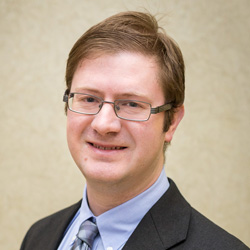Great talks, record attendance and an expanded exhibition hall propel CS International to a new level

Richard Stevenson, CS International Conference Programme Manager and CS Magazine Editor reflects on the 2017 event.
This year’s CS International excelled on many fronts, combining insightful presentations on key issues with great attendance figures and a packed exhibition hall.
For the first time in its seven-year history, CS International co-located with PIC International and the inaugural IoT International. This move gave those attending, which numbered well over 500, the opportunity to pick and choose from nearly a hundred talks spread over three events.
During breaks in the talks at this two-day meeting, held on 7-8 March at the Sheraton Hotel at Brussels airport, delegates approached the makers of tools, materials and other services in an exhibition hall featuring more than 50 sponsors.
One of the highlights of CS International came in the session ‘Optimising light emitters’, when representatives from Sanan Optoelectronics, Lumileds and OSRAM Opto Semiconductors offered insights into their activities.
Troy Hsu, CTO of Sanan, outlined the tremendous capacity of this Chinese chipmaker. It has 6000 employees, produces 55 percent of all of China’s LEDs, and has an epitaxial capacity that is equivalent to 259 Veeco K465i MOCVD reactors. Sanan is vertically integrated, making its own sapphire substrates, and manufacturing a vast range of products. In addition to visible GaN and AlInGaP LEDs, it is producing UV and infra-red LEDs, along with microwave and optical communication devices.
Talks from Lumileds and OSRAM offered routes to improving LED performance. This included strategies to narrow the emission profile from LEDs, and ways to cut droop, both from the LED chip and the phosphor.
For GaN RF chips, one of the big questions is what is the most appropriate substrate for various applications. Within the session ‘Revolutionising GaN RF chips’, CTO of Wolfspeed, John Palmour, argued the case for SiC — and Michael Ziehl, Vice President and General Manager, Multi-Market business unit at MACOM, extolled the virtues of a silicon platform. A difference of opinion emerged on the thermal conductivity of these two substrates, which is important for thermal management.
The session entitled ‘Perfecting power electronics’ included a keynote from Toshimi Hitora, CEO of gallium oxide start-up FLOSFIA. This company is pioneering the commercialisation of Ga2O3 power devices. They have a bandgap of over 5 eV and promise massive energy savings by delivering an 86 percent reduction in on-resistance compared with SiC. Having just raised $7 million to establish chip manufacture, the company is well-positioned to realise its aim of mass production of diodes in 2018, and commercialisation of FETs the following year.